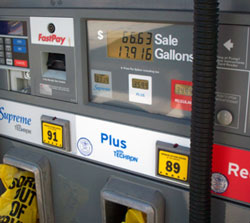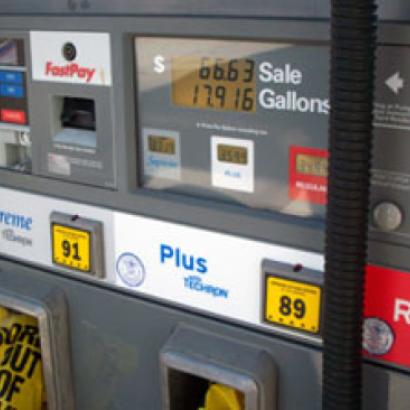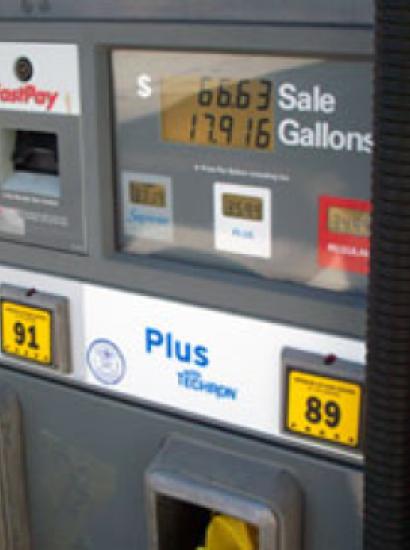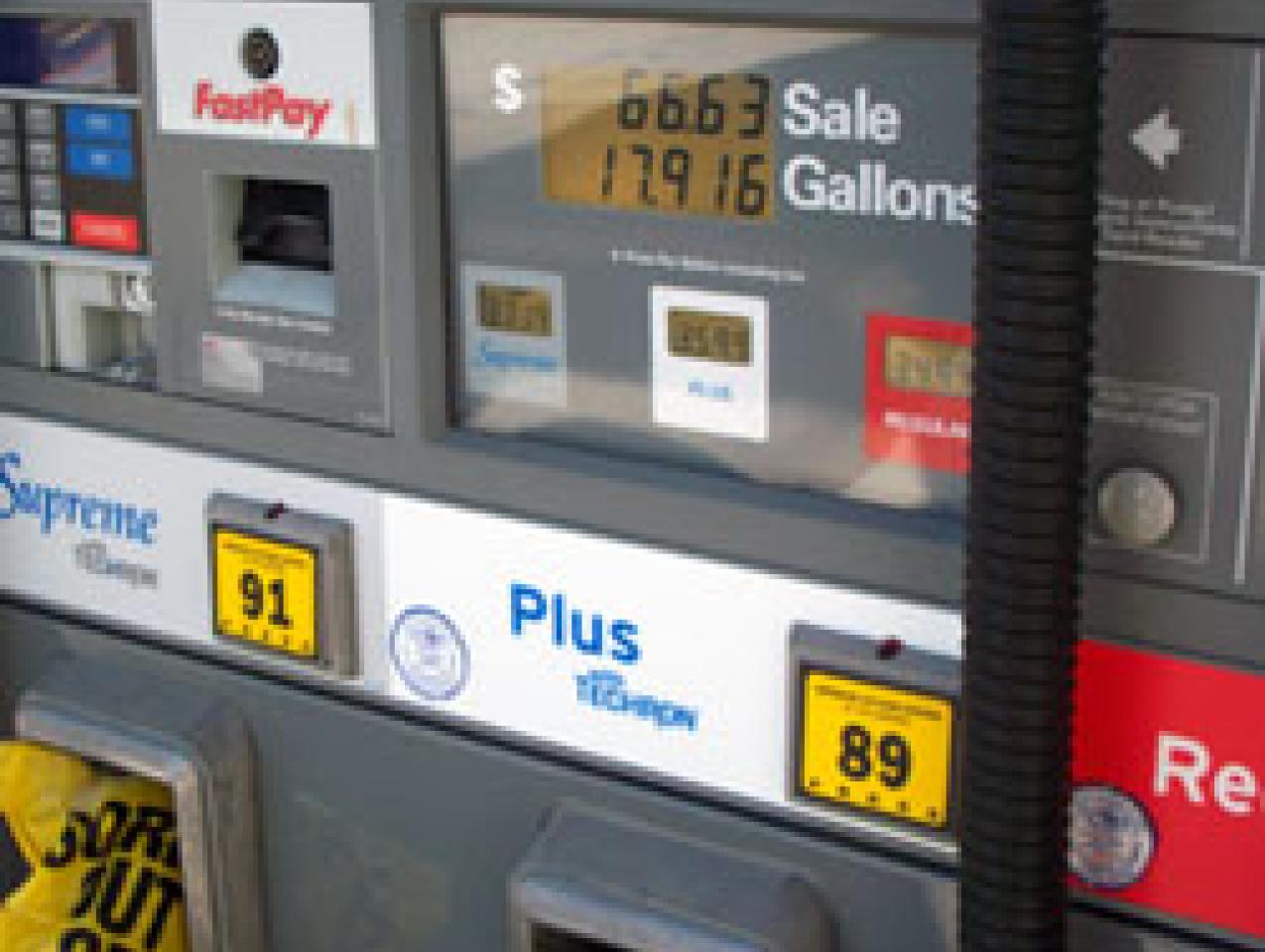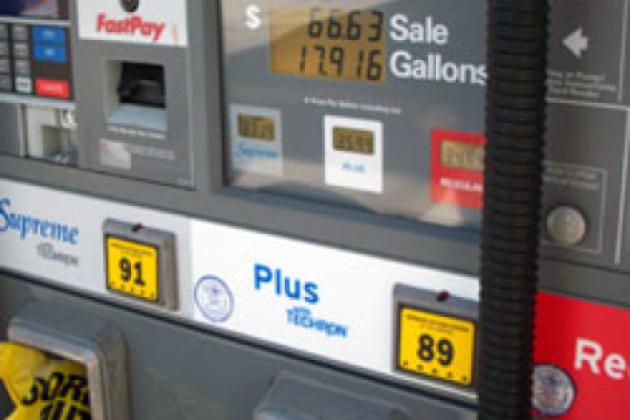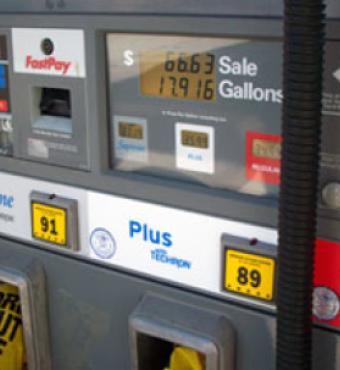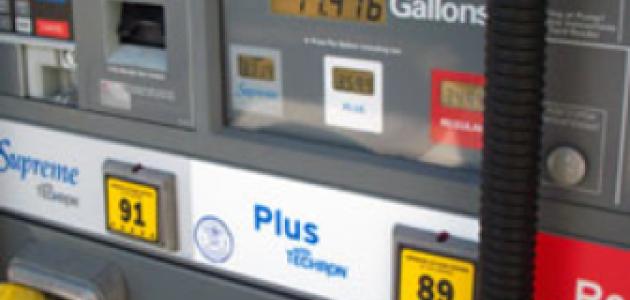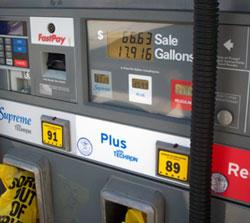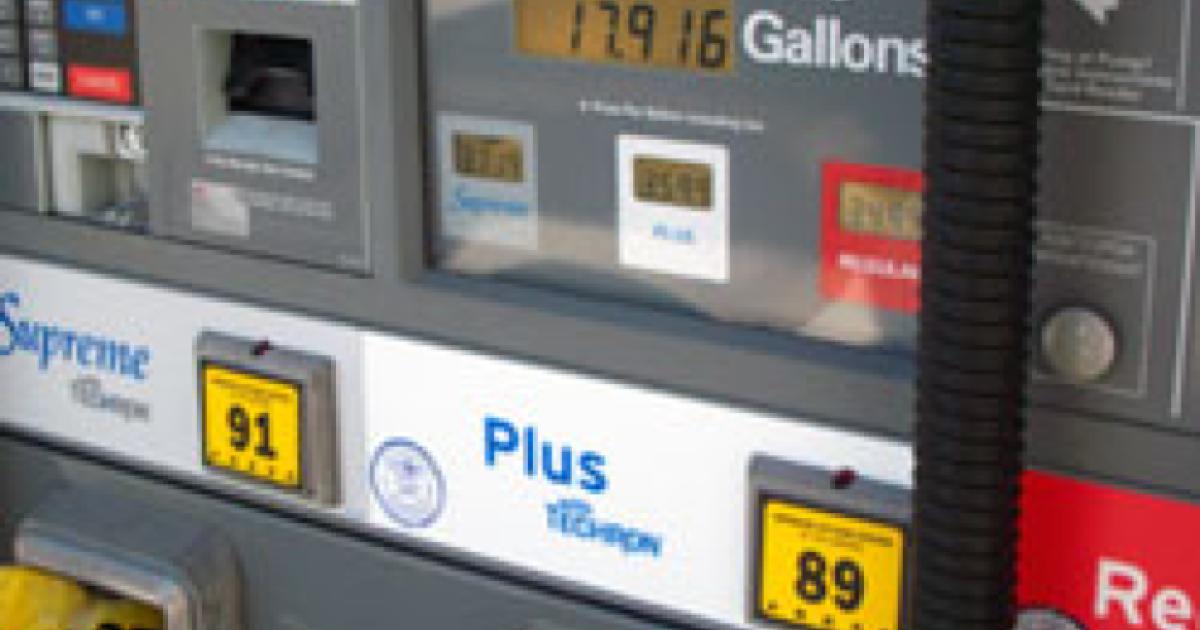- California
In 2012, the retail price of gasoline was about 30 cents higher in California than in the rest of the country. This difference rose to well over $2 per gallon earlier this fall, when gasoline prices in California approached $7 per gallon in some areas.
What happened? It all boils down to supply and demand. California’s gasoline supply has plummeted, reflecting California’s stricter regulations and higher taxes. And supply will drop even further in the future—much further, because California is banning the sale of new gasoline-powered cars by 2035. The industry’s time in California is limited, and the oil-refining industry is behaving as any industry would in comparable circumstances, by transitioning its operations away from gasoline to activities that will prove to be more profitable in the long run. And as supply falls further, much higher gasoline prices will become a way of life for Californians, at least until they are all in electric vehicles.
In 2012, California’s higher taxes and its special blend of gasoline, which is formulated to reduce pollutants, was responsible for California’s 30 cents per gallon premium. But since then, additional regulations and higher taxes have driven prices higher. In 2013, California adopted a cap-and-trade program in which businesses were required to buy permits if their carbon dioxide emissions exceeded a threshold level. Over time, the carbon dioxide threshold level has declined, driving up the market price of permits. It is estimated that these permits raise the cost of gasoline by about 24 cents per gallon.
In 2015, the California Air Resources Board, a regulatory agency that sets the state’s emission standards, implemented new regulations that limit “carbon intensity” of fuels, meaning the cumulative emissions produced from production, transportation, refining, and combustion of gasoline. This regulation adds an additional 22 cents per gallon to the wholesale cost of gas. In 2017, state lawmakers raised the excise tax on gasoline and linked it to inflation. Californians now pay 73 cents in state taxes per gallon, compared to an average of about 39 cents per gallon nationwide.
The tax revenues from these taxes are intended to maintain and repair California’s roadways. You would think that having the highest gasoline taxes in the country would lead to having the best roads in the country. Well, not so fast. The American Society of Civil Engineers regularly grades the nation’s infrastructure. Here is what they have to say about California roadways: “Driving on deficient roads costs Californians $61 billion annually due to congestion-related delays, traffic collisions, and increased vehicle operating costs caused by poor road conditions. The condition of California roads is among the worst in the nation, ranking 49th according to the latest US News & World Report Ranking.”
Standard economic logic indicates that high California gas prices should encourage supply to be shipped to California from other states. But this doesn’t happen, because no other state formulates California’s unique gasoline blend. If gasoline is imported into California, which does occur when a California refinery goes offline for repair or maintenance, it comes from either South Korea or New Brunswick, Canada, by ship. This process is expensive, and it can take weeks for the fuel to arrive.
California’s regulatory and tax landscape has led to a steady drop in the number of refineries within the state. In the early 1980s, when California’s population was 24 million, there were 43 operating refineries in the state, which refined over 2.5 million barrels of crude oil per day. Forty years later, the number of refineries dropped from 43 to just 15, which refine less than 1.75 million barrels of crude oil per day currently. Just like that.
These statistics represent a drop of more than 30 percent in refining production, occurring over a period in which California’s population grew by more than 60 percent. Demand up. Supply down. Price up. And up.
Refineries are also shutting down because California has imposed a new regulation that bans the sale of gas-powered cars and light trucks by 2035 and that requires 35 percent of new car sales to be zero-emission vehicles by 2026. It makes no economic sense to invest in new capacity in a state that has de facto outlawed the industry’s existence in a few years.
Refineries are also shutting down because there are incredibly lucrative state and federal tax incentives to produce biofuels, totaling a whopping $1 per gallon. A Marathon refinery that had a crude oil refining capacity of 166,000 barrels per day is being retrofitted to produce biodiesel and is expected to be producing the biofuel next year. Similarly, Global Clean Energy is converting a 66,000-barrel-per-day-capacity refinery in Bakersfield to biodiesel, and World Energy has invested $350 million to convert a 50,000-barrel-per-day-capacity refinery to biodiesel.
California regulators and legislators are getting what they want: less fossil fuel produced and consumed. And Californians, particularly low- and middle-income households, are paying a dear price for the preferences of those Tesla-driving legislators and regulators.







